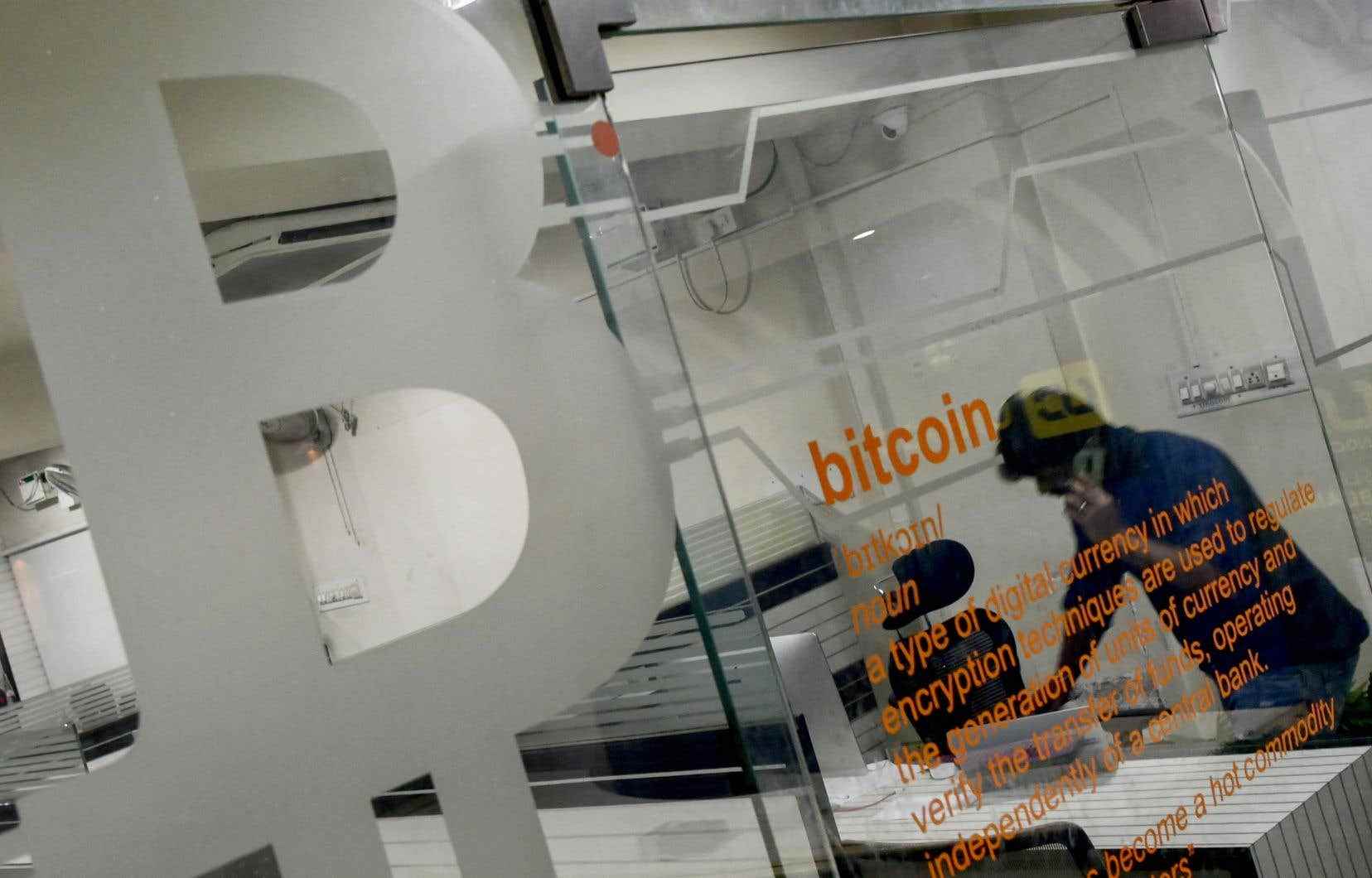They wanted to play in the field of banks by lending money and remunerating deposits, but for lack of sufficient guarantees, several cryptocurrency platforms find themselves in turmoil and risk bankruptcy.
Interest rates at more than 18% for savers, but at 0.1% for borrowers: this is what Celsius Network offered before having to suspend all withdrawals for lack of sufficient liquidity on June 12th. Three weeks later, the funds, which reached $11.8 billion in mid-May, are still blocked. “I think Celsius will go bankrupt,” predicts Omid Malekan, a professor at Columbia University. “The essentials of trust [de leurs clients] flew. »
Other names have since joined Celsius, from CoinFlex to Babel Finance, which had also dabbled in credit and had to freeze withdrawals, while Voyager Digital had to limit them. On these platforms, after depositing cryptocurrencies, a user can either receive interest or borrow digital currencies, with their deposit serving as collateral. “It’s really a shame that we’ve come to this,” laments a user contacted via Reddit who claims to have left Celsius more than $350,000. “Celsius should have foreseen this kind of scenario. »
The sequence started with the sharp drop in cryptocurrencies and a bitcoin cut by half its value in less than two months. This caused a chain reaction and forced borrowers to provide new financial guarantees or immediately repay the borrowed money. Some, such as the Singaporean investment company Three Arrows Capital, now in liquidation, were unable to cope and thus deprived the platforms of liquidity, which forced them to freeze the funds.
“The majority of these companies made loans without collateral or with insufficient collateral,” says Antoni Trenchev, co-founder of Nexo, another crypto platform which he says got away with a stricter lending policy and prudent risk management.
“Great need for regulation”
No fewer than five US states have opened or expanded investigations into Celsius. Some, including Alabama, had already ordered the platform to cease lending to customers domiciled in their state since last year.
“I expect a very harsh repression,” says Professor Malekan.
Despite the turbulence, most observers do not believe in a prolonged destabilization of the sector, or even in the extinction of credit in this market. “This is not the worst crisis cryptos have seen,” said Charles Jansen of Standard and Poor’s.
“In a market correction, you find out which projects had real value” and “the dreams that lived on easy money”, describes Professor Malekan. “We expect to see massive consolidation in the crypto sector,” says Antoni Trenchev, with creditworthy players getting their hands on those in trouble.
The episode brought awareness to the limits of a universe devoid of oversight. “There is a great need for regulation. This is a point on which everyone in the sector agrees”, underlines Mr. Jansen. In the absence of an ad hoc regulatory framework, it has so far been the American market policeman, the SEC, which has got hold of the case, but from an essentially repressive angle.
Several dozen bills have been tabled in the US Congress in recent months, but one of them in particular has the wind in its sails. It is the first text to be supported by members of both parties, presented by Republican Senator Cynthia Lummis and Democrat Kirsten Gillibrand. It has been well received by the community, in particular because it proposes to treat cryptocurrencies as commodities and not as financial securities, as the SEC would like.
Some critics saw it as too conciliatory a text. “He gives the crypto industry what it wants,” notably wrote on Twitter American University law professor Hilary Allen. He proposes in particular to entrust supervision to another regulator, the CFTC, “which has no mandate to protect investors and far fewer resources than the SEC”, insisted the academic.
The European Union took the lead on Thursday by reaching an agreement on cryptocurrency regulation that will notably strengthen guarantees for investors and supervision.
The Standard & Poor’s agency sees in recent events a window to position itself as a benchmark, as in the world of traditional finance. For Charles Jansen, “the general feeling is that if there had been a more reliable risk assessment, perhaps fewer people would have been affected”.
